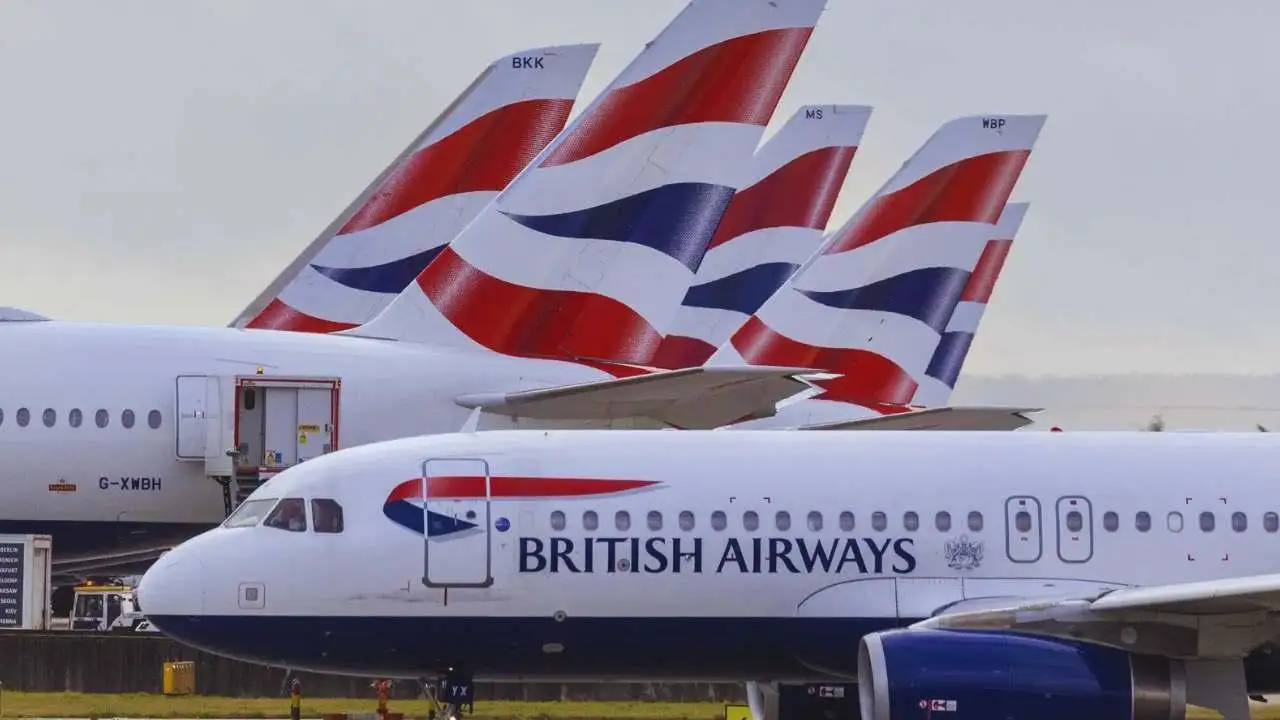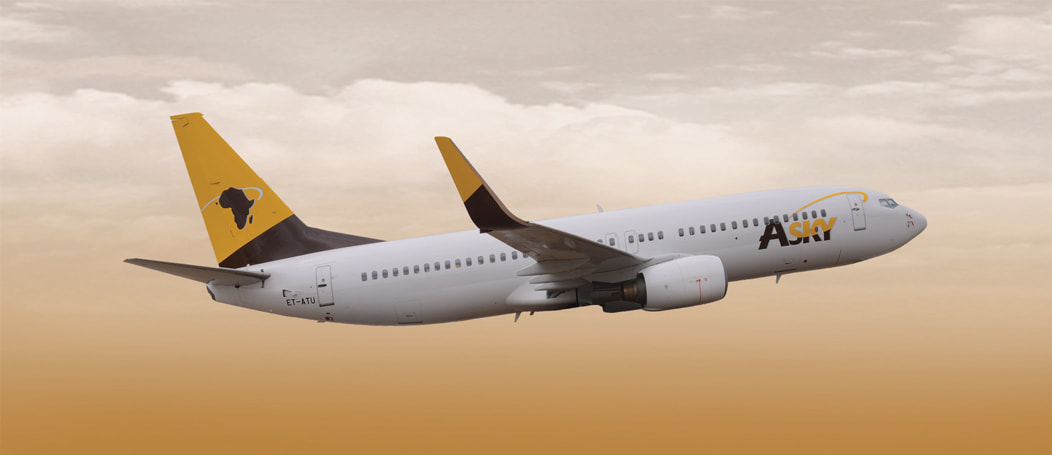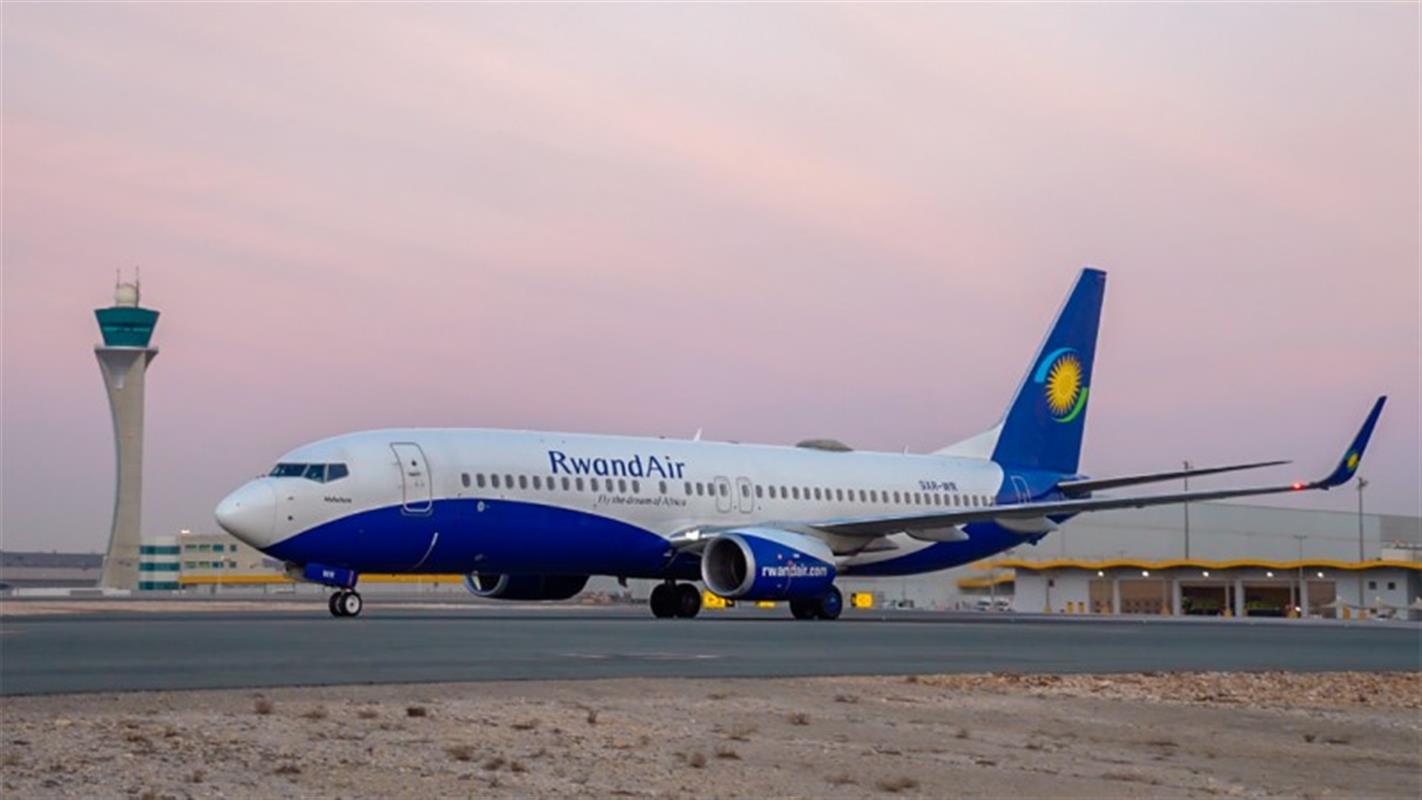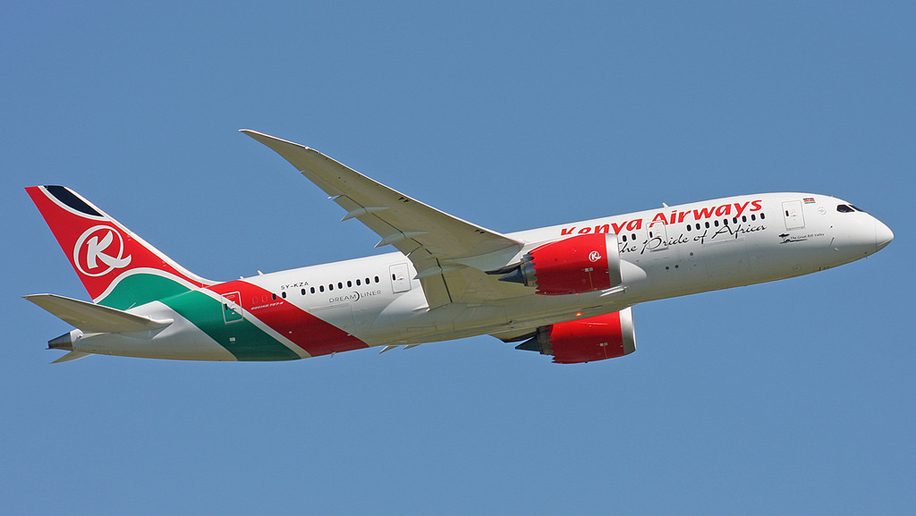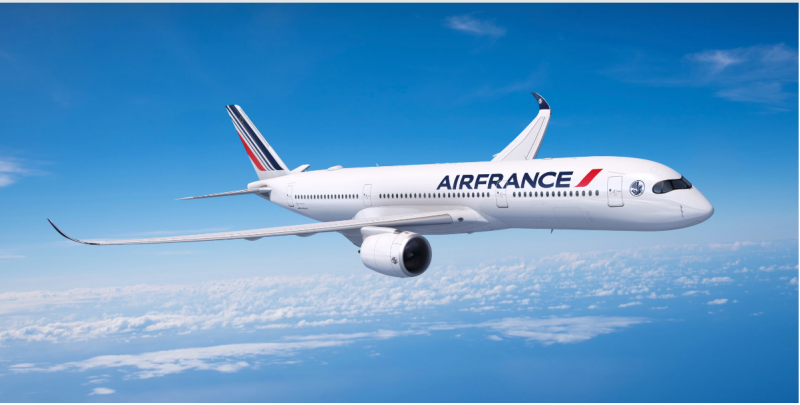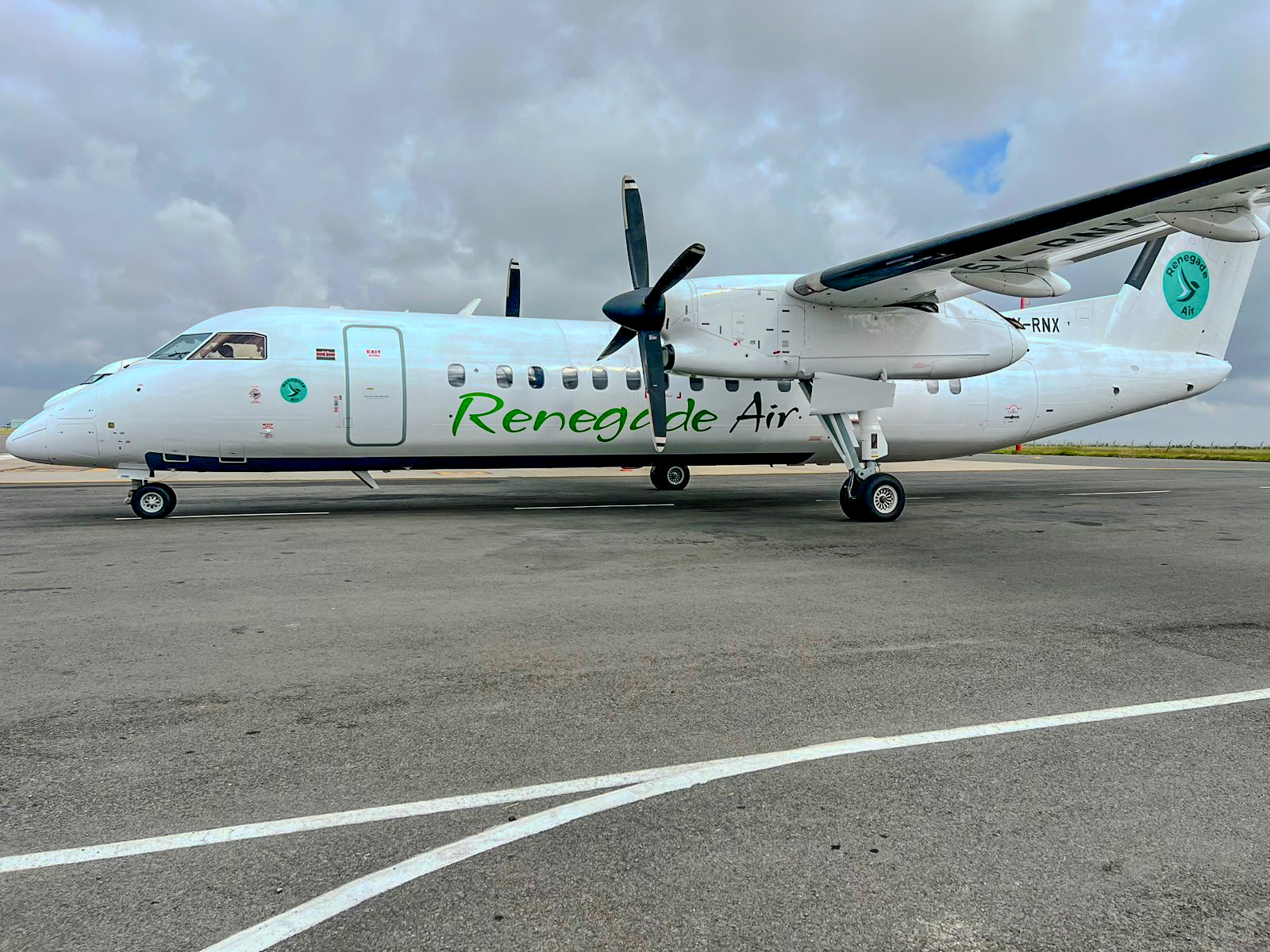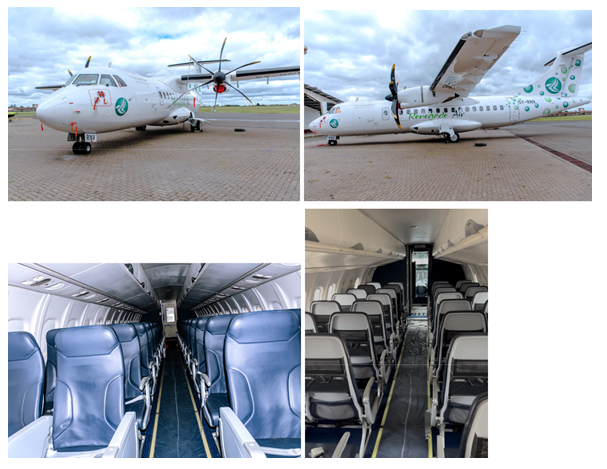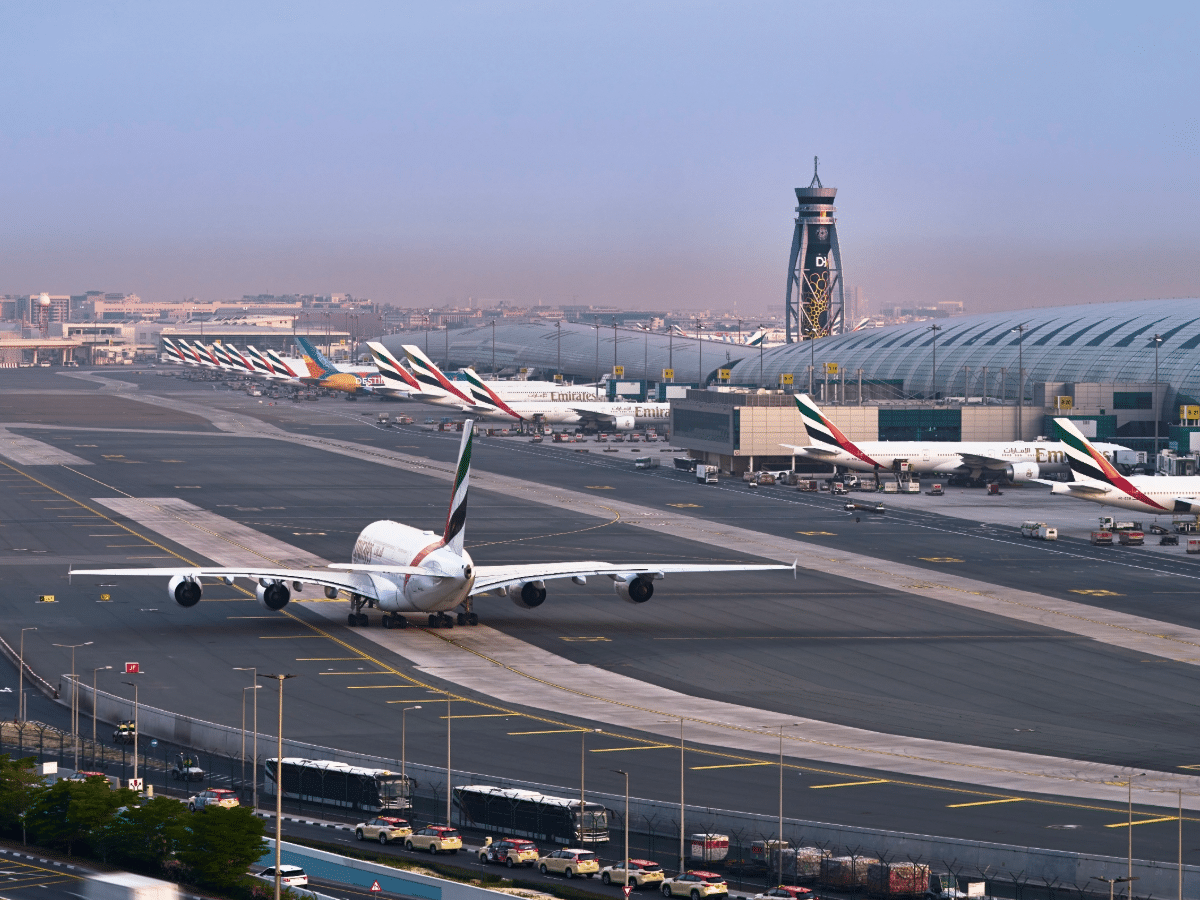I don’t enjoy long travels very much. I don’t romanticize long drives or pretend to enjoy the slow, torturous unraveling of tarmac over endless kilometers. My spirit grows weary halfway through a journey, and my patience packs up and abandons ship not long after. Add a carful of overly chatty companions who think every turn in the road deserves a full TED Talk, and I start fantasizing about how legally questionable it might be to hurl someone out at the next police roadblock. But when the call came to go stargazing in Samburu last weekend – to witness the universe show off where the city lights can’t interrupt – I couldn’t say No. Something about the cosmos whispering across the savannah felt… worth the inconvenience. So I packed my bags, braced for the company, and prayed for minimal small talk and maximum starlight.
The journey to Samburu was a test of endurance, patience, and lower back flexibility. Over six hours in a tour van crammed with some of the most talkative media minds in the country; journalists with big voices and even bigger opinions. We told stories and shared industry secrets and bad jokes. By the time we rolled into the Samburu National Reserve, the sunset was politely waiting to show off; golden, dramatic, smug.
We were in Samburu to witness Kenya’s official leap into astro-tourism, unveiled by the brilliant minds at Leo Sky Africa in partnership with the breathtaking Samburu Sopa Lodge – a place so charming it feels like it was built straight out of a Samburu elder’s dream. The lodge doesn’t just sit in the landscape; it belongs to it. Warm, cozy cottages designed in the shape of traditional Samburu huts dotted the hillside like little domes of welcome, each crowned with thatched conical roofs and wrapped in earth-toned walls that whispered, “karibu nyumbani.”
As we stepped out of our van, slightly dazed from the long drive, we were greeted by a vibrant chorus of Samburu singers – all smiles, beads, and rhythm. Their voices rose like prayer and laughter combined, echoing off the acacia trees and bouncing straight into our tired, grateful hearts. The sun was just beginning its golden descent, the air smelled like dust and possibility, and for a moment – just a moment – we all stopped scrolling, filming, complaining, or tweeting. We had arrived. And the welcome was celestial even before we saw a single star.
A journey through the skies
Astro-tourism, in the simplest terms, is what happens when your holiday stops at the stars – quite literally. It’s where travel ditches the usual suspects (beaches, buffets, and bush drives) and takes a bold, romantic detour upward. Imagine swapping the Big Five for the Milky Way, your sunset cocktail for a constellation map, and your lodge entertainment for tales of Orion’s misplaced belt and Andromeda’s cosmic family drama. It’s part science, part stargazing, and a whole lot of “wow, is that really Jupiter?” It’s tourism for people who want their minds blown gently by the universe while still wrapped in a Maasai shuka. And in Samburu’s case, it’s proof that the sky isn’t the limit – it’s the newest destination.
If you’re going to chase stars, you might as well start from where the sky behaves best – and that place, according to experts, is Samburu. Which is why gathered at the Samburu Sopa Lodge, under the moonlit sky on Saturday, June 14, 2025, to witness the wonders of the sky taking center stage in a new, historic and ambitious venture.
At around 10pm, with the air cool and crisp and the Milky Way stretching lazily across the sky like a divine brushstroke, we gathered around a glowing bonfire – the kind that crackles not just with warmth, but with anticipation. The moment felt almost sacred. One by one, Samburu guides and naturalists stepped forward, each taking their turn like celestial storytellers on a stage older than time. Armed with nothing but laser pointers and an impressive grasp of both Science and Samburu lore, they painted the sky for us – quite literally.
With sweeping gestures, they connected dots in the darkness, outlining constellations we’d only ever seen in textbooks or horoscope apps. There was Leo, bold and boastful, prowling through the stars; Orion, the eternally flexing warrior with his glimmering belt; and Andromeda, the cosmic damsel with a dramatic backstory and a galaxy to her name. Each tale was told with a mix of scientific precision and cultural flair, turning astronomy into something deeply human – intimate, enchanting, and oddly grounding. The stars were no longer just distant lights; they became characters, stories, ancestors… reminders that long before apps told us the weather, people here looked up and found meaning.
About an hour later, just as the fire began to mellow and our necks grew stiff from stargazing wonder, we were ushered away from the open sky and into something that looked like it belonged in a sci-fi film set; a manmade dome, Samburu’s own version of a planetarium. We filed in, twenty at a time, settling close to each other in a space that felt oddly intimate, like a cosmic confession booth. Once seated, the dome came alive with a real-time visualization of the sky; not just the stars above us now, but also how they looked earlier that morning and how they’d shift in the hours ahead. It was like watching the universe rewind and fast-forward on command.
Here, the constellations became even sharper. We zoomed in, panned across the heavens, and found ourselves staring Saturn right in the rings – a sight so crisp it made you want to reach out and give it a spin. Our guide walked us through the wonders of the sky with the enthusiasm of a Science teacher on is third espresso. Here’s a fun thing I learnt: Regulus, one of the brightest stars in constellation Leo, is 79 light years away. And light travels at 300,000 kilometers per second – so if you decided to go crazy and travel to Regulus using a plane, it would take you 95 million years to reach that goddamned star. Fun, huh?
It was a Science class, Yes – but delivered with charm, wit, and just the right amount of existential crisis. And somehow, being that small in the face of the universe felt strangely comforting.
Why Samburu?
Samburu has always been the cool cousin of Kenya’s safari circuit – a little wilder, a little less crowded, and a whole lot more unique. Sure, you’ll still find the classic Big Five flexing their muscles somewhere in the neighbourhood, but this region doesn’t just recycle what the rest of Kenya offers. It boasts its own “Special Five” – a roster of wildlife so rare and fabulous they sound like they belong on a red carpet.
I’m talking about the Grevy’s Zebra with its tight pinstripes; the Reticulated Giraffe with a coat that looks hand-painted; the Beisa Oryx with its deadly elegance; the Somali Ostrich, which is taller, darker, and sassier than the regular; as well as the Gerenuk – that long-necked, high-jumping antelope that looks like it moonlights as a yoga instructor. These animals are Samburu exclusives – found nowhere else in Kenya with this kind of reliability.
But Kennedy Ayoti – Chief Operating Officer, Sopa Lodges East Africa – is out here raising the stakes. When we sat down with him earlier that evening, he told us; “You know, people come to Samburu for the Special Five – but you come to Samburu Sopa Lodges for the Special Six; nobody else has the sixth one, astro-tourism. It’s a differentiator for us, and we believe it’s going to raise us in the map.”
And honestly, he’s right. Because once the sun dips behind those rugged hills and the animals take their bow for the night, the real show begins above – a cosmic safari of stars, planets, constellations, and myth. Samburu has now become the only place in Kenya where lions prowl by day and Saturn winks at you by night.
Experts, too, have their own scientific receipts for why Samburu isn’t just a pretty face in the Kenyan wild – it’s a legitimate VIP lounge for the cosmos. According to the passionate Leo Sky Africa Founder and Managing Director Kimani Wa Nyoike; “Samburu is located on the Equator – which means you’re able to see both the Northern and Southern hemispheres’ constellations in one sitting.”
In simple terms: it’s like having front-row seats to two completely different concerts at once. While your friends in South Africa are busy gawking at the Southern sky alone, Samburu lets you peek into both worlds – the celestial North and the galactic South – without moving a muscle. Add to that the region’s high elevation, consistently clear skies, and minimal light pollution, and what you’ve got is a scientifically blessed viewing deck that would make even professional astronomers shed a tear of joy.
As Nyoike cheekily puts it: “What South Africans see, we see too – but we also see what they can’t, like the skies in Egypt. Let’s put it like this; if astro-tourism was a concert, South Africa would be the Regular section, and Kenya would be the VVIP…we have a clearer view.”
For those at the back, in astro-speak, that’s the equivalent of telling the rest of the continent, “Stay humble.”
The morning after…ruined by Birdman
Now, you’d think a story this magical would end with us watching a lion yawn at sunrise, or an elephant photobombing a group selfie. But No. Enter that one annoying person in every trip – a birdwatcher, in our case.
The morning after the stargazing gala, we woke up at stupid o’clock for a game drive. Hopes were high – lions, leopards, at the very least, an aloof giraffe. But this man, camera strapped like a sniper, a mask covering half his face, hijacked our van with one agenda: birds.
Tiny birds. Beige birds. Birds you couldn’t even see without an aerial zoom and the Lord’s favour. Every two minutes, he made the driver stop. “Wait! I think that’s a buff-belied warbler!” He would squeal, and we would lean out expectantly, only to find nothing but what seemed to us – normal human beings – as a distant pebble on a twig.
By the time we reached the area where big game is usually spotted, the sun was high, the cats had gone to brunch at Golden Ice, the giraffes were probably shopping in Zanzibar, and our souls were weary. I couldn’t believe I lost sleep for that. I went back to my room after that game drive with 67 photos of flying insects and an unshakable grudge against birds.
Source: Citizen Digital

